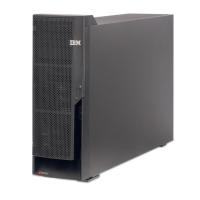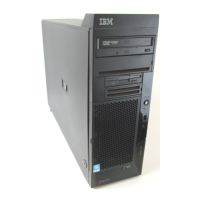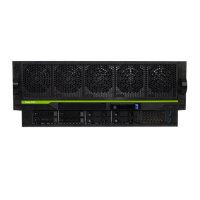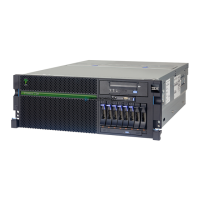5486LPSM.fm Draft Document for Review October 18, 2004
750 IBM Eserver i5 and iSeries System Handbook
Features
The features of BRMS include:
Operation planning facilities assist in anticipating resources such as devices,
media, operational steps, and so on. BRMS operations are guided, making
them less error prone.
Policy support enables users to define a hierarchical system of defaults,
which makes setup fast, easy, and consistent. A Backup Control Group
(named *SYSTEM) is shipped with the BRMS product. This control group can
be used to backup the entire system including all user data. If Lotus servers
exist on the system, BRMS automatically creates the policies needed to run
online full and online incremental backups of these servers.
Stand-alone device and automated media library support is integrated into the
product. This allows users to use a wide range of supported IBM tape drives
for backups. In addition, users can save to savefiles which BRMS
automatically manages for you. With the BRMS IBM Tivoli Storage Manager
client, user objects can be saved to any available IBM Tivoli Storage Manager
server.
BRMS can recover from media-related errors, identified by OS/400 as
recoverable, improving automation and allowing for unattended operations.
Replication of media content information across systems in a BRMS network
allows for hot-site recovery by enabling one system to act as a data recovery
center for another system.
The
fast search facility for files on tape improves the tape performance by
positioning the tape to the start block, rather than shipping a file at a time.
Fast search is supported on all IBM tape drives attached to the iSeries server
that supports this function.
An
automatic database file recall (Dynamic Retrieval) facility enables
archived files to be restored automatically when they are opened by a
program. This means that the user does not need to be concerned about the
data being accessed, whether it is on disk or tape. Dynamic Retrieval can be
implemented without any changes to application code.
HSM provides the ability to reduce storage costs by storing objects that are
infrequently accessed on less costly storage media. Some of the functions
provided by HSM are:
– Automatic, transparent management of data across a storage hierarchy
consisting of high-performance disk, compressed disk, tape, and IBM
Tivoli Storage Manager server storage
– Migration of user libraries, folders, and spooled files between ASPs
– Archival of database files, database file members, or documents
